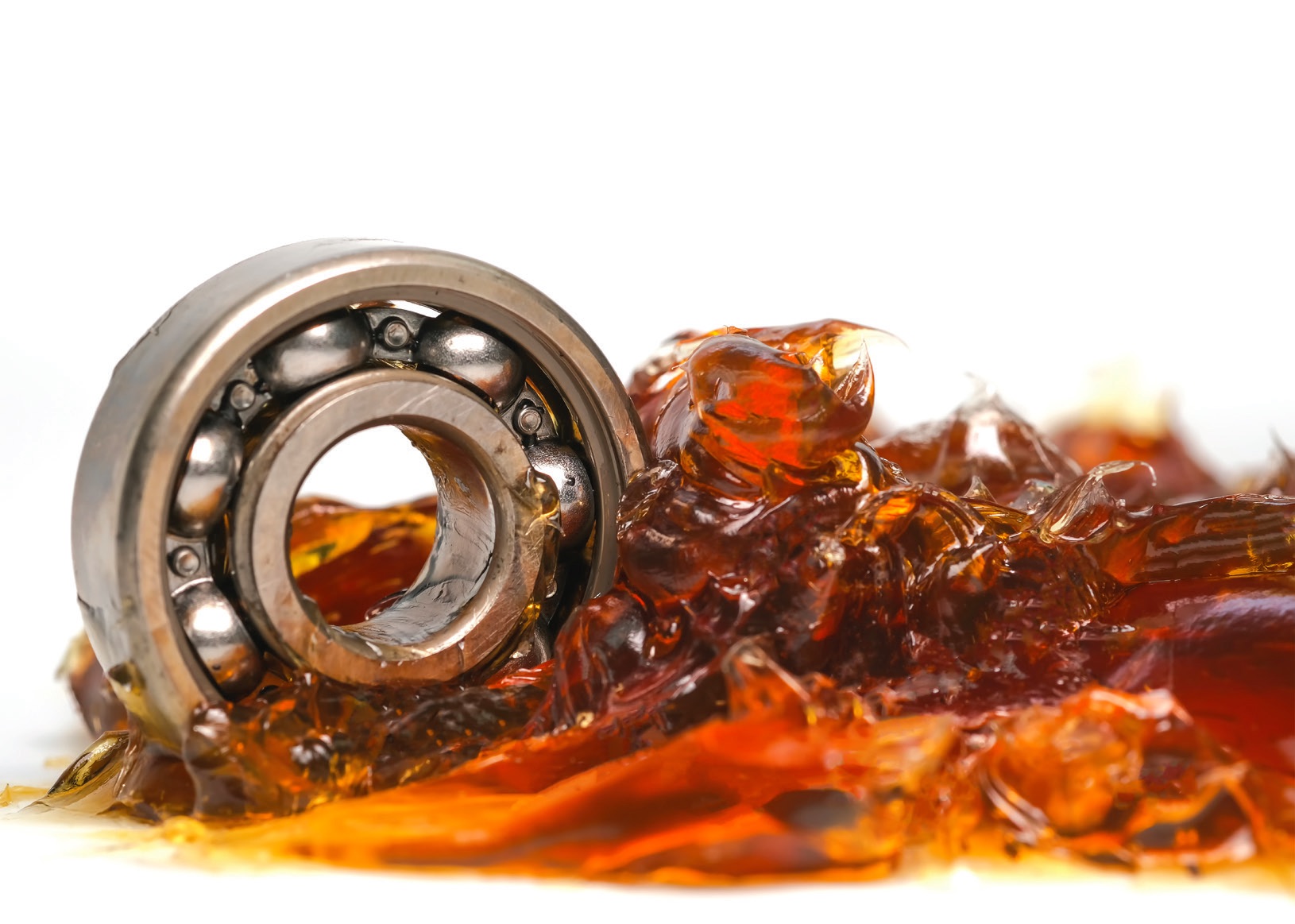What Are the 4 Types of Gin Still For Sale?
Whether you're a gin still for sale aficionado or just have heard of the beverage, you may be wondering what the four different types of gin still for sale are. These are distillated, redistilled, compound, and reserved. Each type has its own distinct characteristics and uses.
1. Distilled gin
Several botanicals are used in gin, including juniper, angelica root, and orris root. They release essential oils into the vapors when distilled. Coriander is often added because it imparts more body to the spirit.
Distilled gin is a colorless alcohol that is made by redistilling alcohol in traditional gin stills. It may be infused with other natural botanicals. The final alcohol strength can range from 40% to 50% in the United States. In the EU, the legal definition of gin is an aqueous spirit with an alcohol content of at least 37.5%, and a minimum bottling strength of 40%.
A number of gin distilleries have opened in Britain in recent years. In the past decade, exports of British-made gins have risen 533%.
Some distillers use pot stills, which condense the alcohol over time. Others add botanicals directly to the pot still. These botanicals can be suspended in headspace above the liquid, or they can be added loose. The botanicals are then strained out with a sieve. The distillation process takes twelve hours or longer.
2. Redistilled gin
Traditionally, gin has been made with juniper. This is because juniper is a flavouring agent that is used to add flavour to the base spirit. Some gin producers also add other botanicals to their gin. Other common botanicals used in gin include coriander, orange peel, rosemary, and angelica root.
Gin is made from the distillation of a fermented alcohol base. These alcohols are usually from grain or molasses-based fermentation. They may also be derived from grape-based fermentation.
The traditional method of gin distillation uses a pot still. The still is used to distill a mixture of alcohol, botanicals, and water. The distillate is then diluted with water to a bottling strength. During this process, the stillman monitors the temperature of the distillate as it runs from the condenser.
3. Compound gin
Using the right botanicals is a must. However, gin has a wide array of flavors to choose from, making it difficult to narrow down your choices. The best way to figure out which botanicals are right for you is to do your research.
One of the most fun things to do is to make your own compound gin. There are many ways to do it, but the most impressive one is to mix neutral grain spirits with a variety of botanicals. This method is also the easiest.
The best part is that it can be done at home. In fact, many distillers specialize in custom-made beverages. However, if you are looking for a good place to start, you can buy ready-made gin at most supermarkets.
It's important to note that gin isn't made only in England. It's also found in the United States, Japan, Korea, France, Spain, India, and China. However, compound gin is not as prevalent in the US as it is in Europe.
4. Reserve gin
Among the four types of gin, London Dry is the most popular. London Dry has a heavy taste of juniper. This type of gin is used in Martinis, G&Ts, and cocktails. It is produced worldwide.
The word gin comes from the Dutch word genievre, which means "juniper." A variant of the word is genever, which means "genever." A gin can be made of various natural ingredients. However, the main flavouring must be juniper. Gin can be sweet or savoury, depending on the botanicals used. Some gins have a small amount of sugar added.
Gin has been around for centuries. It was initially used as a medicinal remedy. However, gin has also become a popular cocktail. In Western Europe, it was also used as a base for important drinks.
5. Conclusion
Historically speaking, there are five types of gin. They are: Genever, Old Tom Gin, London Dry Gin, Bone Dry and Plymouth Gin. Each gin has its own unique flavor. However, all gin has one thing in common: it is a distilled spirit. This means it can be produced anywhere.
Genever is the earliest style of gin. This type of gin is made by distilling malted grain mash. It was first flavored with juniper berries. It is often aged in oak casks for one to three years.
Old Tom gin is similar to Genever, but it is softer and sweeter. It is typically used in Tom Collins cocktails. Old Tom gin has a rich malty taste. It also is used in Gin Rickeys. It is slightly sweeter than London Dry gin.





.webp)




Leave a Comment